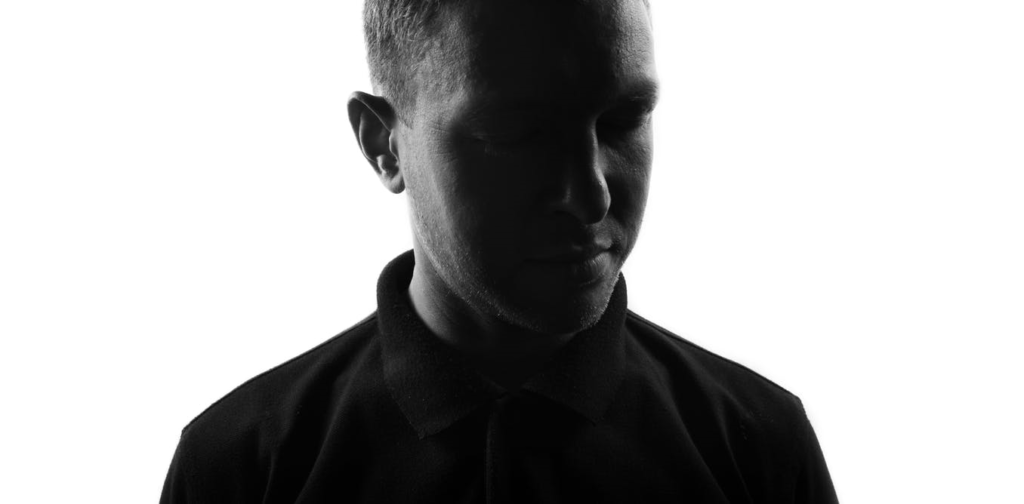This article was originally published on The Conversation, written by Dr Faith Gordon, Lecturer in Criminology, Monash University and Dr Julie Doughty, Lecturer in Law, Cardiff University.

Lifelong anonymity orders for adults who were convicted of crimes as children are rarely granted. In theory, these orders legally prevent a person ever being identified. But given that information is now shared at lightning speed across different platforms, can these orders still work in practice?
Recently, a child approaching the age of 18 – referred to in court as “RXG” – was granted an anonymity order which will protect him from being named for the rest of his life. RXG is the youngest person ever to be convicted of a terrorist offence in the UK. Twice in March 2015, when he was 14 years old, RXG incited another person to commit acts of terrorism overseas from his home in the UK. The plot was stopped by the Australian Federal Police. After pleading guilty, RXG was sentenced to detention for life with a minimum term of five years.
The principle of protecting children who offend from stigmatisation, thereby increasing their chances of resettling into society, is long established in English law. It is at the heart of several international standards too.
At the time of RXG’s original trial, the sentencing court imposed reporting restrictions prohibiting his identification, but these only last until a defendant turns 18. Legislation provides extended protections for children involved in criminal proceedings after the age of 18, but only if they are victims or witnesses, not defendants.
There have been past exceptions, however, but in only a handful of cases. The most well known is that of Jon Venables and Robert Thompson who, in 1993, were convicted aged 11 of the murder of two-year-old James Bulger. They were named on conviction but given new names and granted anonymity when they turned 18. Only three other cases have seen the exception being used – Mary Bell, Maxine Carr and the Edlington brothers.
The process of being granted anonymity and confidentiality as a minor is not always straightforward, but serious problems arise if the crime is still in the public consciousness by the time the convicted child turns 18, and reporting restrictions cease to protect them. As RXG approached his 18th birthday, the High Court was asked to grant an injunction against anyone identifying him after he turned 18.
Unlike Thompson and Venables, the High Court was not satisfied that there was a real and immediate risk of RXG coming to serious physical harm if his identity was released into the public domain. But, in light of the evidence, the court found that identification would have a “profound impact on his psychological well-being”. It concluded that RXG’s individual characteristics, vulnerability to exploitation, and the prospect of his rehabilitation tipped the balance in his favour.
Protecting anonymity online
The problem here is not the granting of anonymity orders but whether such exceptional interference with freedom of expression can be realistically upheld in the internet age. When the first lifelong anonymity orders were made in the early 2000s, technology was very different. Now many critical commentators argue that such orders are likely to be made redundant because information moves so fast that individuals’ identities may already be widely known.
Media and public interest in high profile cases remains long after convictions, and in the digital age coverage can be widely accessed for years. The internet brings permanency of imagery and details that would not have been possible before news went online. Social media platforms also provide opportunities for people to share details – although doing so can result in members of the public being charged with contempt of court. Earlier this year actress Tina Malone was charged with contempt of court for reposting a photo said to be of Venables on Facebook. And a 51-year-old man has been jailed after tweeting a photo and alias which is also said to have revealed Venables’s identity.
When making its decision to grant RXG anonymity, the High Court was shown evidence of the violence being threatened against him in comments on news articles and social media. Research has shown that comments can stir up anger in communities and leave children vulnerable to physical violence and mental abuse. Although RXG himself was physically protected from the public within a secure institution, there were doubts over whether he could be psychologically protected. The exposure of his traumatised family was also taken into account.
Despite digital challenges, cases like RXG’s demonstrate that there can still be a pressing need to place limits on open justice in order to protect other fundamental human rights. Anonymity orders are not taken lightly, courts undertake a balancing exercise between privacy and freedom of expression in these cases. But we believe that is essential that children’s rights are given sufficient weight in that exercise.
